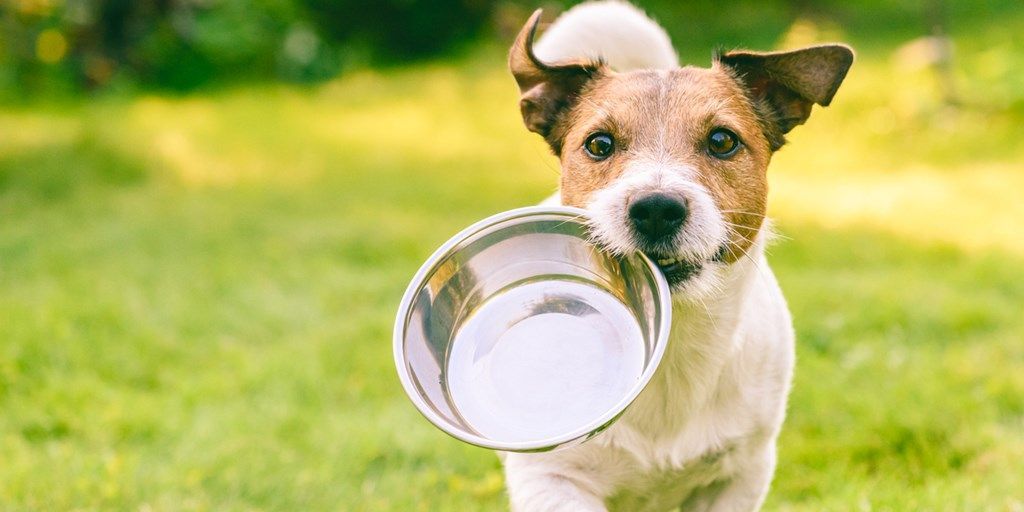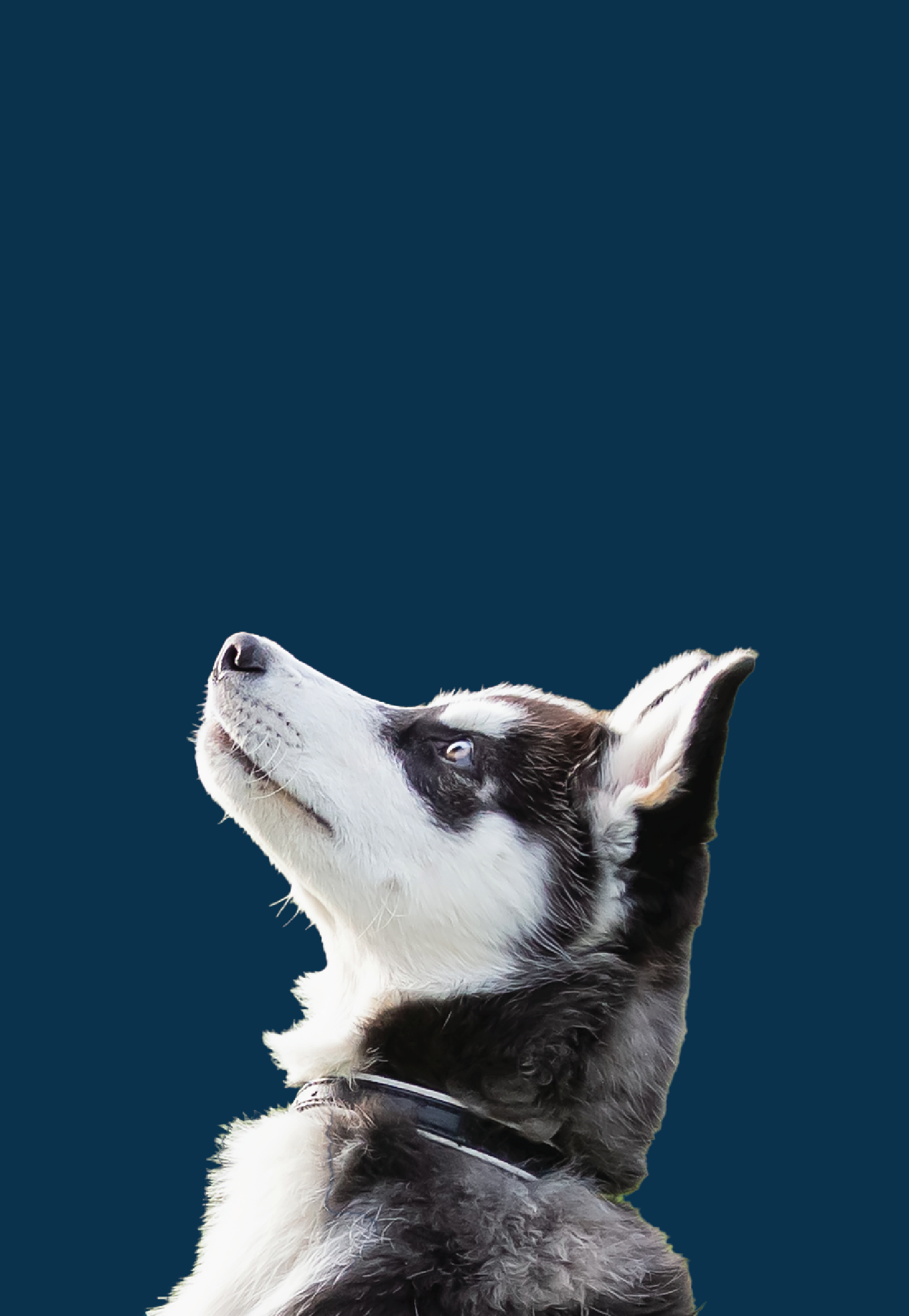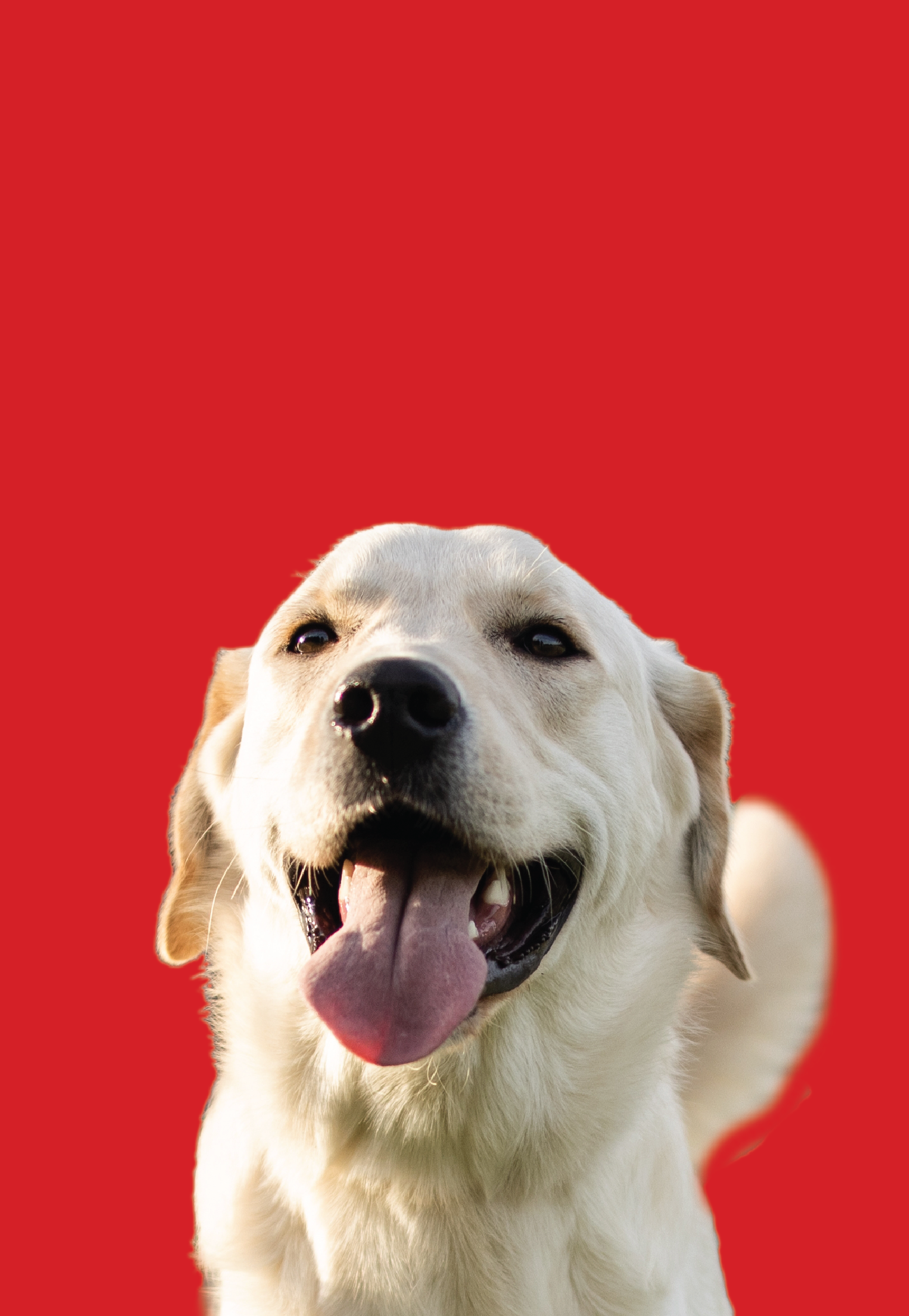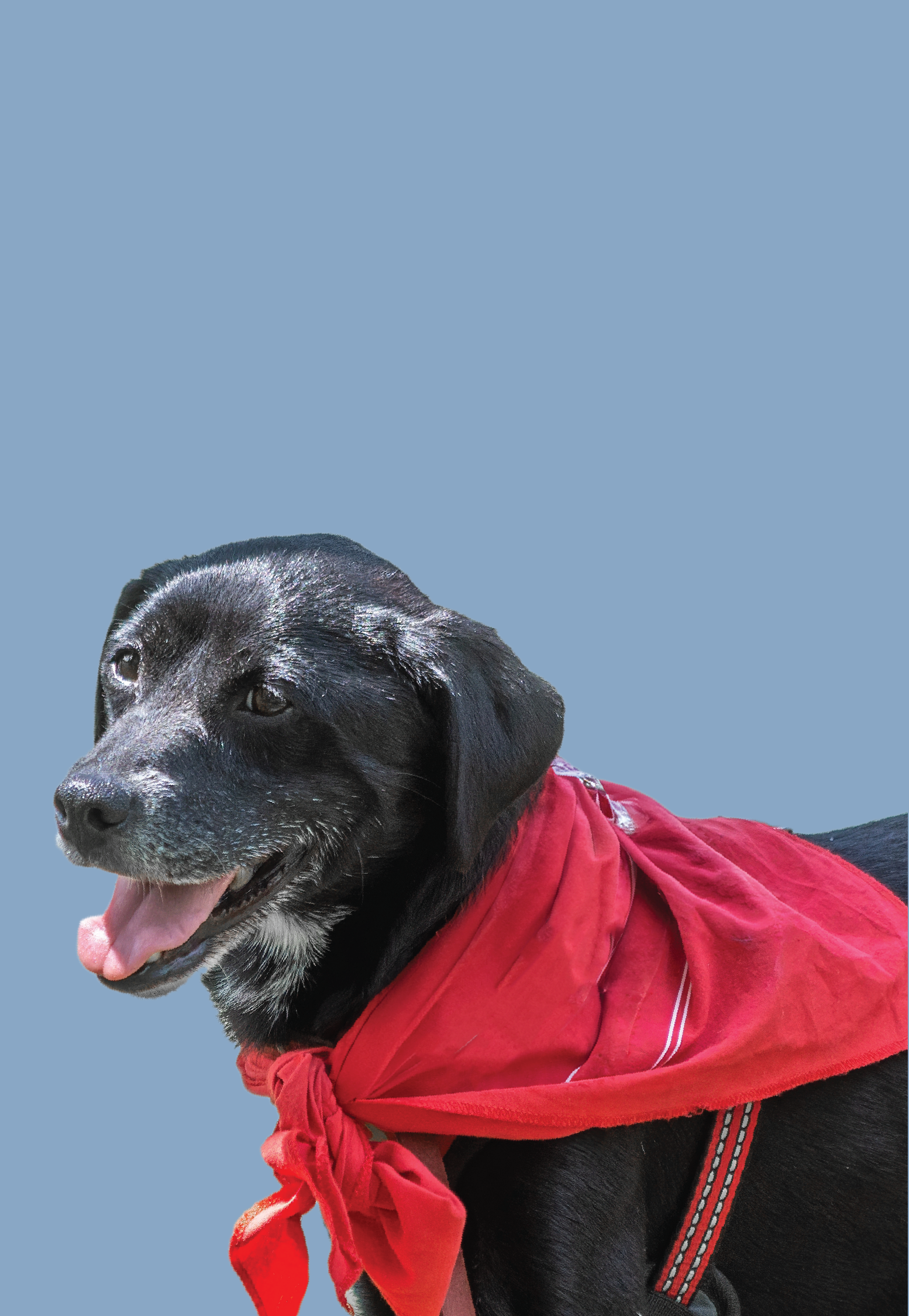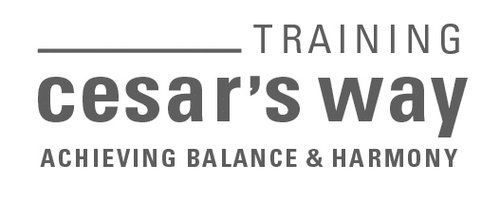Written by: Always Faithful Dog Training
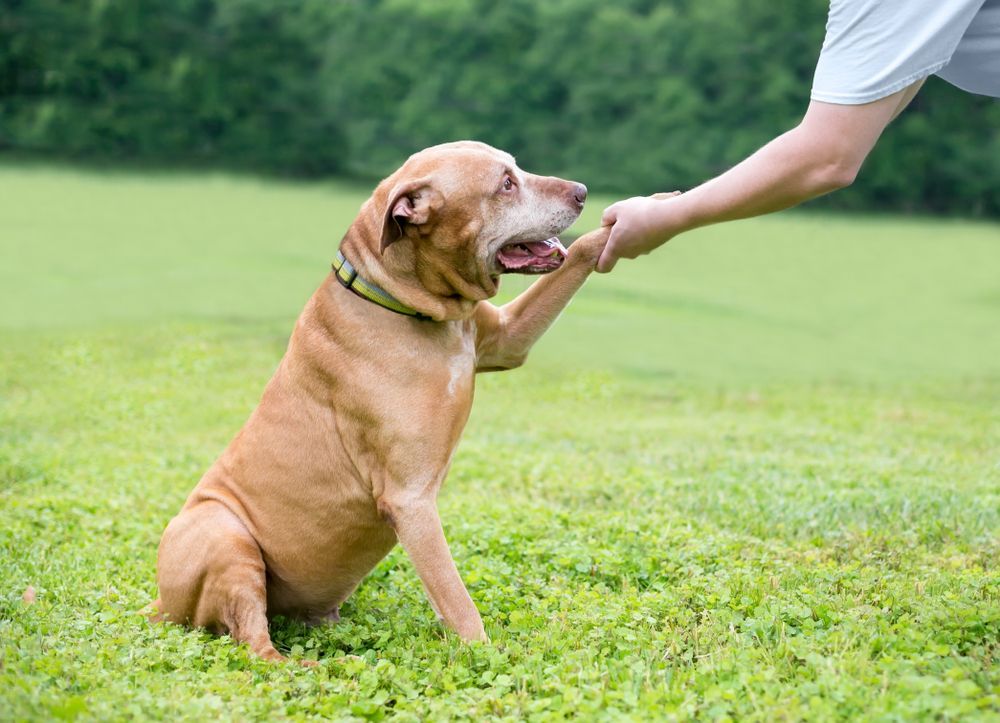
Think your senior dog is past the learning stage? Think again! Older dogs are not only capable of learning but often flourish when given fresh challenges. With the right approach, patience, and understanding, you can strengthen your bond and bring out the best in your seasoned companion.
Can I Teach My Old Dog New Tricks?
Absolutely! Older dogs are just as capable of learning as younger ones, and training can be a fantastic way to keep their minds sharp and their spirits high. The key to success lies in understanding your dog’s current physical abilities and energy levels. While senior dogs may take a little longer to pick up new commands, their maturity and focus often make them more consistent learners. Whether it’s basic obedience, problem-solving skills, or fun tricks, the process can strengthen your relationship and improve their quality of life. With patience and a positive approach, your senior dog can thrive with training.
Resolving Bad Habits in Old Dogs
Before addressing bad habits in older dogs, it’s important to understand that these behaviors are often rooted in patterns reinforced over time. The good news is that even long-standing habits can be modified with consistency and leadership. Start by identifying the cause of the behavior—boredom, lack of boundaries, or unfulfilled needs like exercise. Once you pinpoint the issue, focus on clear, calm communication to guide your dog toward better choices. Establish new routines, reinforce positive behaviors with praise, and remain patient throughout the process. Avoid punishment, as it can confuse your dog and erode trust. Instead, focus on leading with confidence and consistency. By setting clear expectations, you can replace undesirable behaviors with new, positive habits and enjoy a more harmonious relationship.
Teaching New Tricks to Old Dogs
Training an older dog provides the perfect opportunity to incorporate leadership techniques, which are the cornerstone of a strong, trusting relationship. Leadership training isn’t about dominance—it’s about providing clear, consistent guidance so your dog knows what to expect and feels secure. When teaching new commands like "Come," "Sit," "Stay," and "Heel," approach each lesson as a way to reinforce your role as the leader of your pack.
Come
Teaching “Come” is more than just a recall command; it’s an exercise in trust. Since leadership is about reliability, never call your dog to you for anything unpleasant, such as punishment. When they come, always reward them with praise to reinforce their trust in you.
Begin in a quiet, distraction-free space. Use a leash if needed to gently guide your dog toward you while saying "Come" in a firm, encouraging tone. Reward them with verbal praise and affection when they reach you. Practice frequently, gradually increasing the distance and introducing distractions as your dog gains confidence.
Sit
“Sit” establishes boundaries and helps your dog learn patience. Asking your dog to sit before receiving meals, going outside, or greeting guests reinforces your leadership by showing that you control resources. Leadership training integrates seamlessly here by teaching that calm behavior leads to positive outcomes.
Hold your hand close to your dog's nose with your palm upward, slowly moving it above their head. As they naturally lower their back into a sitting position, say "Sit" clearly. Praise them warmly as soon as they sit. Repeat this several times, keeping sessions short and enjoyable to prevent frustration.
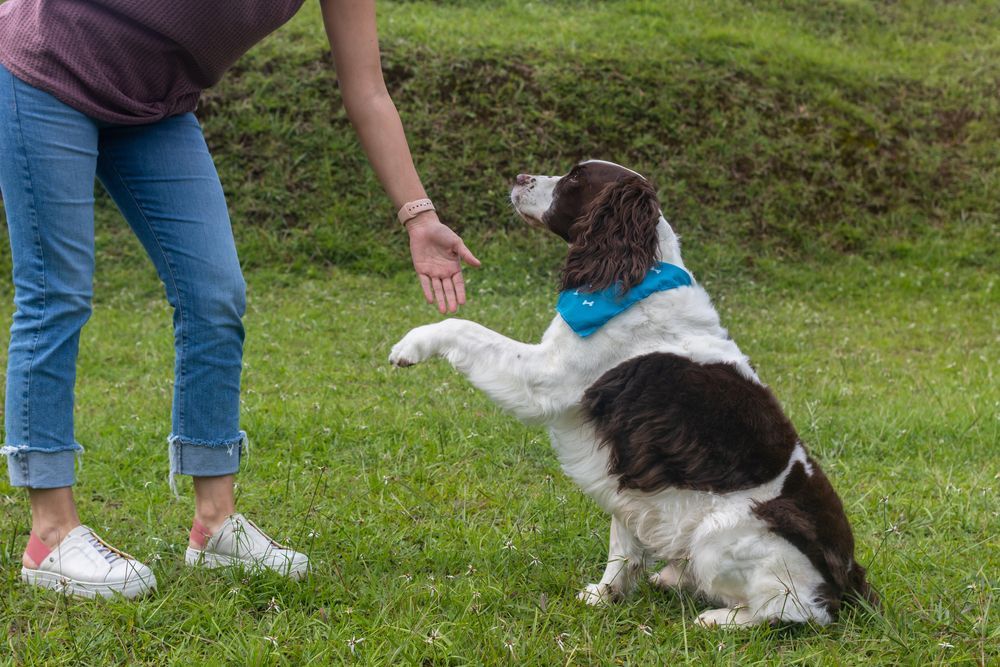
Stay
Once your dog has mastered “Sit,” teach “Stay” by holding your palm toward them and saying "Stay" firmly. Take a step back while maintaining eye contact. If they remain in place, return and reward them. Gradually increase the distance and duration, always reinforcing their success with calm praise.
The command “stay” reinforces respect and focus on your guidance. By mastering this, your dog learns to look to you for direction, especially in distracting or stressful situations. Your leadership provides the reassurance they need to remain steady and composed.
Heel
Walking your dog is a prime opportunity to display leadership. The “Heel” command ensures your dog follows your lead, both literally and figuratively. Keep the leash short but relaxed and calmly redirect pulling. A dog that heels well is one that respects your role as the guide, strengthening your connection.
Try starting with your dog on a leash, and use the "Heel" command while walking. Stop frequently if they pull, encouraging them to return to your side before continuing. Reinforce the position with consistent, calm feedback and plenty of encouragement when they walk beside you.
Incorporating leadership training into each command not only enhances obedience but also fosters a balanced, trusting relationship that brings out the best in your dog, no matter their age.
Is it Worth Training an Old Dog?
Dogs thrive on the attention and engagement that come with learning new things. It keeps their minds sharp, prevents boredom, and fosters a positive, interactive relationship with you. For older dogs, training provides much-needed mental stimulation and a sense of purpose. Additionally, training sessions are an excellent way to address lingering bad habits or develop behaviors that make life easier for both of you.
Age is never a barrier to learning. By investing time in teaching your senior dog new skills, you’ll not only enrich their golden years but also enjoy the countless rewards of a well-trained and happy companion.
AFDT Knows How to Train Older Dogs
At Always Faithful Dog Training, we believe no dog is ever too old to learn or grow. Our proven Leadership Training approach is designed to help dogs of all ages, including seniors, develop essential skills and build a trusting relationship with their owners. Whether you’re addressing bad habits, teaching new commands, or simply looking to enhance your bond, we’re here to guide you every step of the way.
Training an older dog can be incredibly rewarding, and with the right guidance, you’ll see real results. Ready to get started? Call or text today to connect with an Always Faithful Dog location near you, and help your senior dog live their best life for the rest of their lives!
